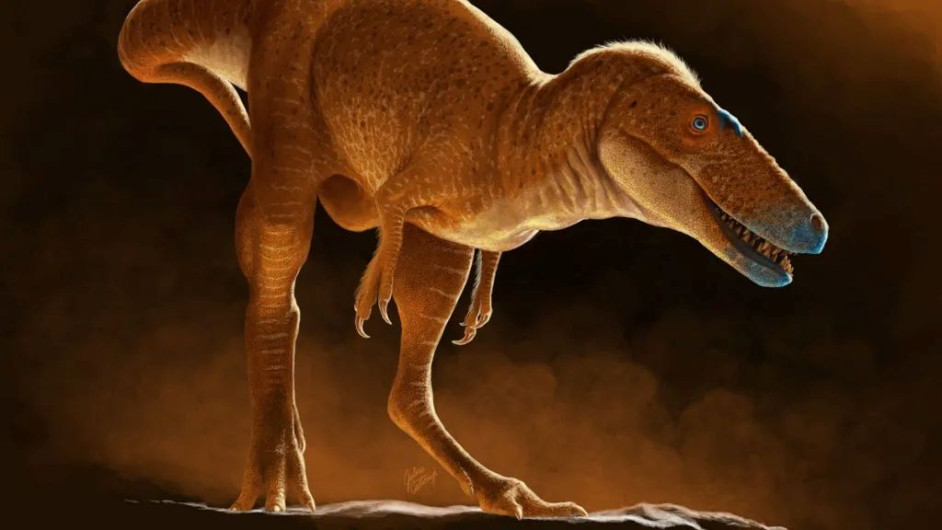Scientists discovered a new kind dinosaur In the collection of a museum of her Mongoliawhich, as they say, ‘rewrite’ the evolutionary story of tyrannosaur.
In accordance with Bbcthe researchers concluded that two skeletons, aged 86 million, belonged to a species now regarded as the closest known ancestor of all tyrannosaurus, the group of sarcophagus dinosaurs to which the emblematic belongs Tyrannosaurus Rex (T. Rex).
The new species was named Khankhuuluu mongoliensis (pronounced: HAN-KOU-KOU-MOGOLIENIS), which means’Prince Dragon of Mongolia ».
The discovery, published in the magazine Natureoffers a significant look at how the tyrannosaurs evolved to become strong predators that dominated North America and Asia until the disappearance of the dinosaurs.
“The term ‘prince’ refers to the fact that this is an early, smaller tyrannosaurus,” explains Professor of Paleontology Darla Zelenitsky by the Calgari University in Canada. Tyrannosauruses are a sarcophagus dinosaur who walked on both legs.
However, the first tyrannosaurus were tiny.
The PhD candidate Jared voriswho led the study along with Professor Zelenitsky, explains that “they were very small, agile predators living in the shadow of other top sarcophagus dinosaur.”
Khankhuuluu represents an evolutionary transition from these small predators of the Jurassic period to terrible giants, such as T. Rex. Its weight is estimated at about 750 kg, while an adult T. Rex could reach up to eight times heavier.
“This is a transitional fossil,” explains Zelenitsky, “between the early ancestors and the mighty tyrannosaur.”
“It has helped us to revise the pediatric tree of the tyrannosaur and rewrite what we knew about their evolution,” he adds.
The new species has early evolutionary characteristics that have been decisive in the imposition of tyrannosaurus, such as the form of a skull that provided strong bite.
Voris explains:
“We see characteristically in his nasal bone that over time led to the creation of the strong biting force of the tyrannosaur.”
The evolution of this strong bite has allowed T. Rex to attack larger prey and even crumble bones.
The two skeletons examined in the study were first discovered in Mongolia in the early 1970s. They were originally classified as members of a well -known species, Alectrosaurus, but when Voris re -examined them, he recognized characteristics that referred to tyrannosaurus and differentiated them.
“I remember receiving a message from Jared – he thought this is a new species,” Zelenitsky recalls.
The fact that this dinosaur group could move between North America and Asia – through land bridges that connected Siberia with Alaska at that time – facilitated their establishment to different ecosystems.
Voris explains that “moving between the continents has essentially accelerated the evolution of different tyrannosaur groups” for millions of years.
Zelenitsky adds:
“This discovery shows us that before the tyrannosaurs became kings, they were first princes.”
Source :Skai
I am Terrance Carlson, author at News Bulletin 247. I mostly cover technology news and I have been working in this field for a long time. I have a lot of experience and I am highly knowledgeable in this area. I am a very reliable source of information and I always make sure to provide accurate news to my readers.











